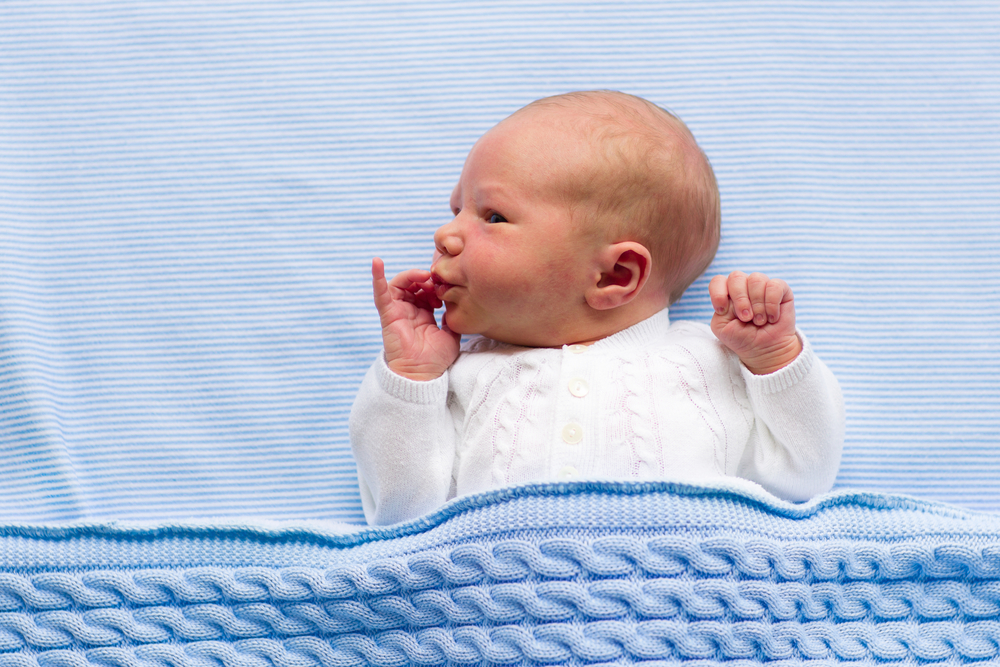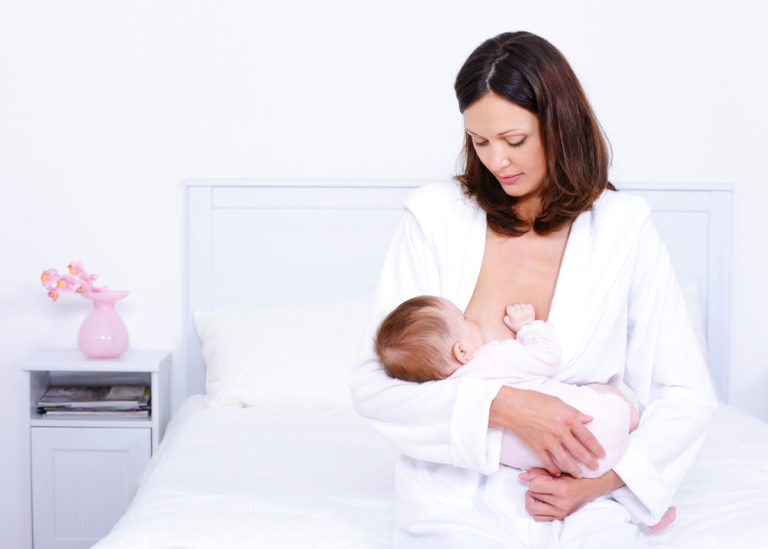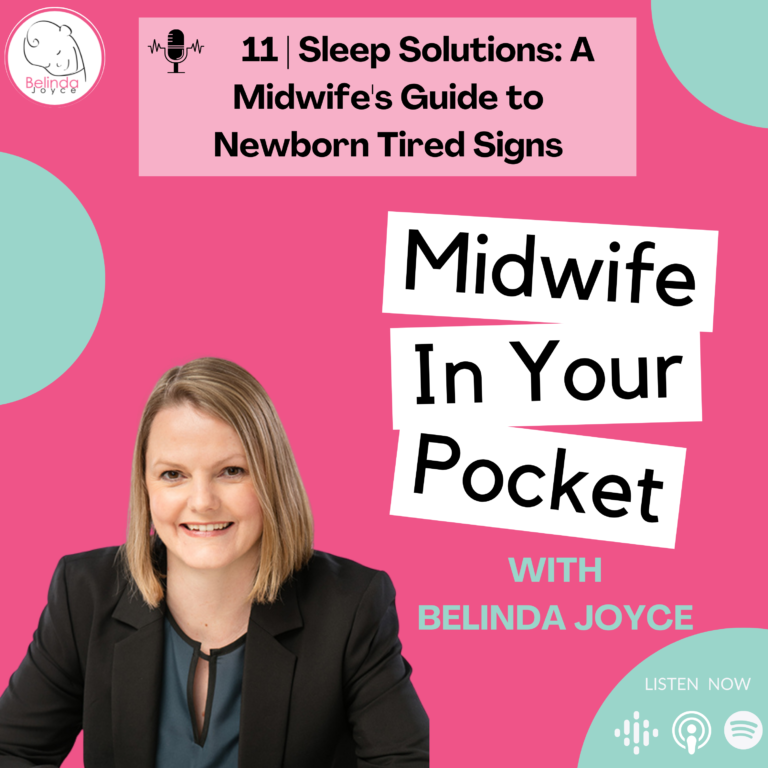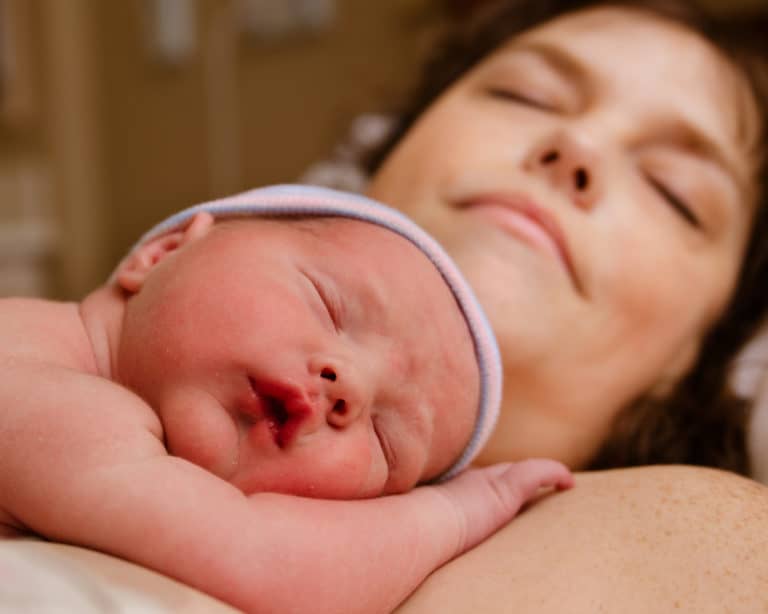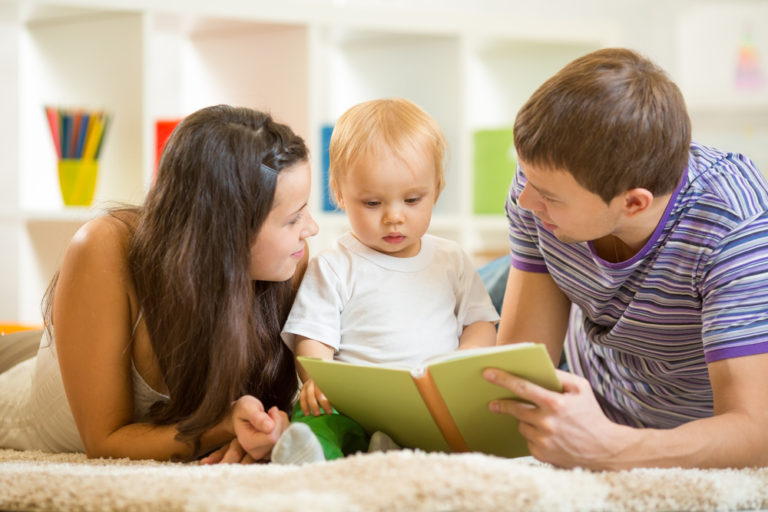How To Safely Sleep Your Baby
How To Safely Sleep Your Baby
Babies spend so much of their lives sleeping, it is important to make sure that they are in a safe place during sleep. The safest place to sleep your baby is in a full-sized cot in your bedroom from birth. In Australia cots have safety standards which means they have to pass strict guidelines around size, height of upper and lower settings, distance between bars, mechanism that allows side to go up and down, materials used and more.
- Always sleep baby on their back
- Safe cot, manufactured after 2003 so it complies with current safety standards
- Firm, flat well fitted mattress, no gaps between mattress and cot side
- Safe bedding: sheets and blankets made from natural fibres
- No quilts, pillows, cot bumpers, wedges, soft toys, woollen underlays
- Keep head and face uncovered, no hats, short sheet cot, see below
- Keep baby’s environment smoke free before and after birth
- Sleep in a safe cot in parents’ room
- Breastfeed your baby if able
- Dress your baby in warm clothing but not hot so they won’t overheat
- Avoid sleeping baby on couches and makeshift bedding
- Ensure all your baby’s carers know how to sleep your baby safely
Make up cot short sheeted with baby’s feet at bottom and sheets and blankets tucked in firmly with no loose sheets, so they can’t wriggle down under the sheets. Use of a safe swaddle or sleeping bag can help with this.
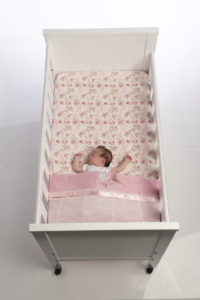
Benefits of your baby sleeping in your room include, having them close for night time feeds and settling as well as being able to check on them more easily and more often.
SIDS & SUDI:
The following risk factors are associated with most Sudden unexpected deaths in infancy (SUDI) including Sudden infant death syndrome (SIDS) and fatal sleep accidents in both Australia and abroad:
DISCOVER HOW TO SURVIVE & ENJOY YOUR BABY!
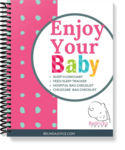 The pack is full of checklists and printables to help you improve sleep challenges with our flowchart, decide what to take to hospital, what equipment is essential, what to put in your nappy bag and so much more
The pack is full of checklists and printables to help you improve sleep challenges with our flowchart, decide what to take to hospital, what equipment is essential, what to put in your nappy bag and so much more
- Sleeping on tummy or side.
- Face and head covered with bedding leading to overheating or asphyxia.
- Smoking during pregnancy or after birth.
- Soft sleep surfaces, woollen underlays, water beds, pillows, soft mattresses.
By implementing the safe sleeping guidelines your baby will be much safer.
Temperature:
Put two fingers down onto baby’s chest to check, if hot or sweaty they are too hot, reduce clothing or blankets. Checking hand or foot temperature does not give a true indication as often these are cold, especially when asleep.
Room temperature:
The main danger is becoming too hot as this has been associated with SUDI. In hot weather if you don’t have air conditioning, you can try using of a pedestal fan in and using light clothing on your baby.
Keep cords from blinds, mobiles and electrical appliances away from the cot, as your baby gets older they will try to reach and pull things into their cot.
Clothing for sleep:
Clothing to sleep your baby in should be simple, comfortable and breathable fabrics with no hood or decorative lace which could become tangled or dangerous for your baby. A singlet or similar and one more layer of clothing is generally enough, I found an all in one suit the most comfortable and practical for changing nappies. In very hot weather only one layer such as a singlet and nappy only is best. No hats should be worn during sleep unless in the first 24 hours of life, these can overheat your baby.
Safe wrapping/swaddling:
Swaddling helps your baby to feel confined and secure as they were in the womb, it also reduces the chance of rolling. There are many different methods of wrapping but as long as it is firm over the upper body to contain the hands and loose around the hips so that your baby’s legs can fall open in a frog like position this will enable normal hip development. In hot weather use breathable fabrics like cotton or muslin and reduce clothing layers.
As your baby loses the startle reflex, start to reduce wrapping, leave arms out and wrap from chest down. Once your baby can roll, often around 4 months of age, stop wrapping as she can become entangled in the wraps. Sometimes this needs to be a gentle transition as your baby may be used to being swaddled and may not settle without this security.
Swaddle bags are popular as no wrapping skills are required, make sure these are the correct size for your baby and not too large as their head could slip down into the bag. Once your baby is rolling they need to have their hands and arms out.
Reflux:
Even if your baby suffers from reflux and vomiting, which is very common in babies less than 3 months of age, it is still safest to sleep them flat on their back rather than tilting or elevating the mattress, as their protective mechanisms work best in this position. Any vomit is likely to go back down into the stomach and not into their airways. Elevating the cot actually increases the risk of your baby slipping down into the blankets. The benefit of keeping milk down is not enough to risk SUDI. In particular circumstances a Paediatrician may suggest elevating the cot or other sleep positions other than back sleeping however this should take into account safe sleeping guidelines and the baby’s medical needs, in my experience this does not happen often.
Other baby sleep and settling posts:
Helping your newborn baby to sleep
How to soothe your crying baby

